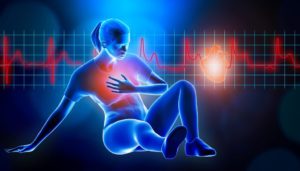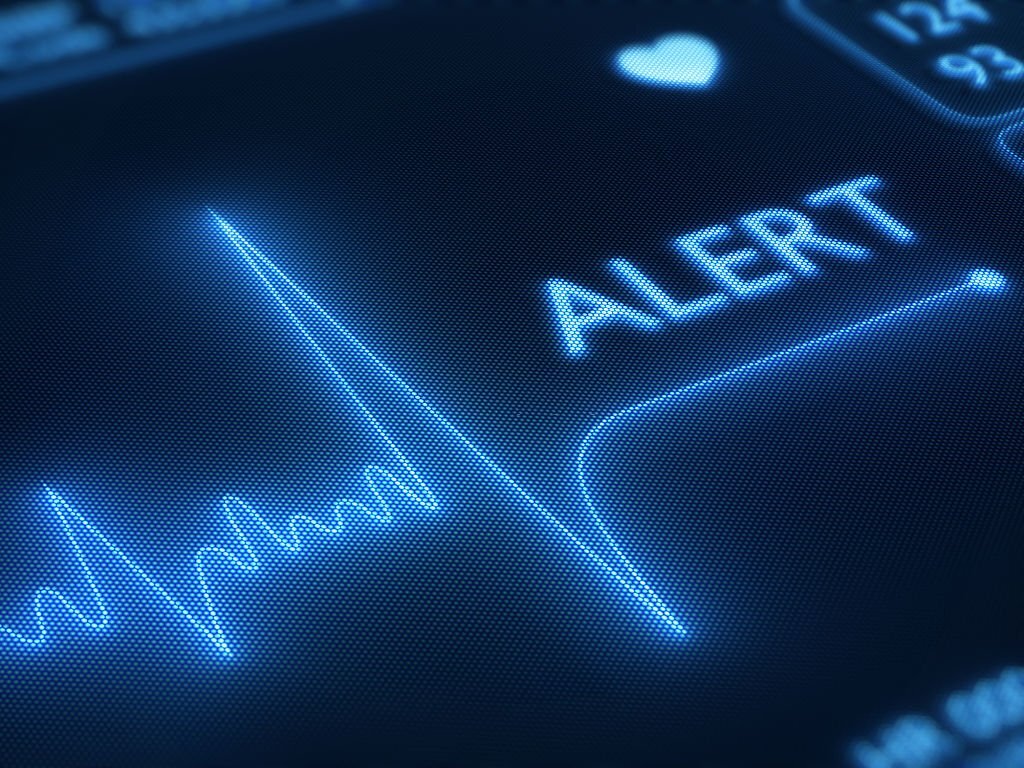Distinguishing Between Normal and Dangerous Heart Rates
What is Dangerous Heart Rate?
Every living creature has a heart, and every living heartbeats by pumping blood into the body. The number of times a heart beats in a minute is called heart rate, also referred to as pulse. The rate at which the heart beats varies depending on an individual’s activity level and emotional state. Generally, one person’s heart rate may vary from that of another, but some heart rates are considered dangerous to one’s health.
Heart rate is considered dangerous when it becomes too high or too low. Due to a person’s activity level at different times of the day, the heart rate will change to meet the body’s demands. To help identify when the heart rate of an individual is dangerous, it is good to understand the pattern of the heart rate.
Normal Resting Heart Rate
The heart rate can be measured, and this is best done when one is relaxed or at rest. The measurement can be done by placing one’s finger on the thumb side of the wrist or at the side of the neck. Measuring one’s heart rate while resting is termed resting heart rate. Normal resting heart rate refers to the minimum quantity of blood pumped by the heart when the body is at rest. Normal resting heart rate also varies among individuals.
Adults
As stated by the American Heart Association (AHA), the normal resting heart rate for an adult is between the range of 60 – 100 beats per minute (bpm). However, the age of children determines their resting heart rate, but their heart rate is generally higher than that of adults. A resting heart rate of less than 60 bpm is considered normal for some adults. An example is seen in the case of athletes who sometimes may have a resting heart rate of 40bpm. Some individuals who take medications such as beta-blockers tend to have reduced resting heart rate.
The adult resting heart rate, on average, varies with the age of the individual, as stated earlier.
Age (years)
Average resting heart rate (bpm)
| Age (years) | Average resting heart rate (bpm) |
| 18 – 30 | 81.6 – 80.2 |
| 31 – 50 | 78.5 – 75.3 |
| 51 – 70 | 73.9 – 73.0 |
| 71 – 80 | 74.2 |
| Above 80 | 78.1 |
Children
The normal heart rate of children is dependent on their age. This is because of their growth and development.
Age (years)
Average resting heart rate (bpm)
| Age (years) | Average resting heart rate (bpm) |
| Newborn | 85 – 200 |
| 0 – 3 | 85 – 150 |
| 3 – 10 | 60 – 140 |
| Above 10 | 60 – 100 |
Factors that affect the normal resting heart rate
Different factors affect the resting heart rate of an individual, and they are discussed below.
-
-
- Age: As individuals grow, the body undergoes various changes which may affect the heart rate. This leads to the variation of resting heart rate as individuals age.
- Temperature: On exposure to a rise in temperature, an individual’s heart rate may increase slightly.
- Anemia: Anemia is a condition in which there is a low supply of red blood cells. This can increase the resting heart rate because the condition causes the heart to beat faster than normal to supply oxygenated blood throughout the body.
- Certain medications: Some medications have side effects that may reduce the resting heart rate more than normal.
- Postural orthostatic tachycardia syndrome (POTS): This syndrome is a blood circulating disorder that causes an abnormal increase in the heart rate of an individual occurring after standing or sitting up.
- Emotional state: Emotions also have effects on the resting heart rate. One’s anxiety levels or excitement may tend to increase.
-
Other factors that may affect the resting heart rate include:
-
-
- activity level,
- caffeine,
- pains,
- pregnancy,
- fever,
- body positioning (sitting or standing),
- endocrine or hormonal abnormalities,
- smoking.
-
Dangerous Heart Rate
Not all high or low fluctuations in a person’s heart rate are considered dangerous. It is wise to monitor one’s heart rate regularly to detect an abnormal rise or decline in the heart rate.

The term “Tachycardia” is a condition where an individual’s heart rate is too fast, and for adults, a heart rate of over 100 bpm is considered too fast. The causes of tachycardia are:
● anemia,
● fever,
● anxiety,
● stress,
● hormonal abnormalities,
● cigarette smoking,
● underlying health condition (congenital heart disease, hyperthyroidism, ventricular or supraventricular arrhythmias, etc.),
● electrolyte imbalance,
● strenuous exercise,
● excess alcohol consumption, etc.
Another condition called Bradycardia is when an individual heart rate is too slow at less than 60 bpm. Although, a heart rate of less than 60 bpm is considered healthy and normal for athletes and people that exercise regularly. The causes of Bradycardia are:
● increase in age,
● obstructive sleep apnea,
● underlying health condition,
● problems with the heart’s conduction system,
● electrolyte imbalance, etc.
Asides from resting heart rate, the heart rate can also be checked when an individual is active or exercising. When exercising or active, the heart rate increases largely.
When to See a Doctor
Some underlying health conditions can greatly affect a person’s heart rate making it increasingly dangerous. Living with a heart condition or having a family history of heart disease is not good. As a result, one is advised to see a doctor because these conditions may predispose one to some serious complications.
When there is a sudden unusual change in the heartbeat, it is advised to see a doctor. Some of these changes may be:
● tightening of the chest,
● chest pain,
● lightheadedness,
● fatigue,
● intolerance to exercise,
● dizziness,
● fainting spells,
● shortness of breath, etc.
Maintaining a Good Heart Rate
Taking care of the heart should be a priority for all. This can be done by doing some of the following:
● reducing alcohol intake,
● exercising regularly,
● eating healthy meals,
● maintaining a moderate weight,
● minimize stress levels,
● avoid smoking,
● reduce caffeine intake,
● limit alcohol consumption,
● have sufficient quality sleep,
● go for a regular checkup.
Maintaining a good heart rate is important for an individual’s overall health. If there is an indication of a sudden unusual change in the heart rate or if tachycardia or Bradycardia occurs, they should be treated properly. Serious health complications may result if left untreated, posing a threat to one’s heart and general well-being.
The information provided in this blog is for educational purposes only and should not be considered as medical advice. It is not intended to replace professional medical consultation, diagnosis, or treatment. Always consult with a qualified healthcare provider before making any decisions regarding your health. Read more

